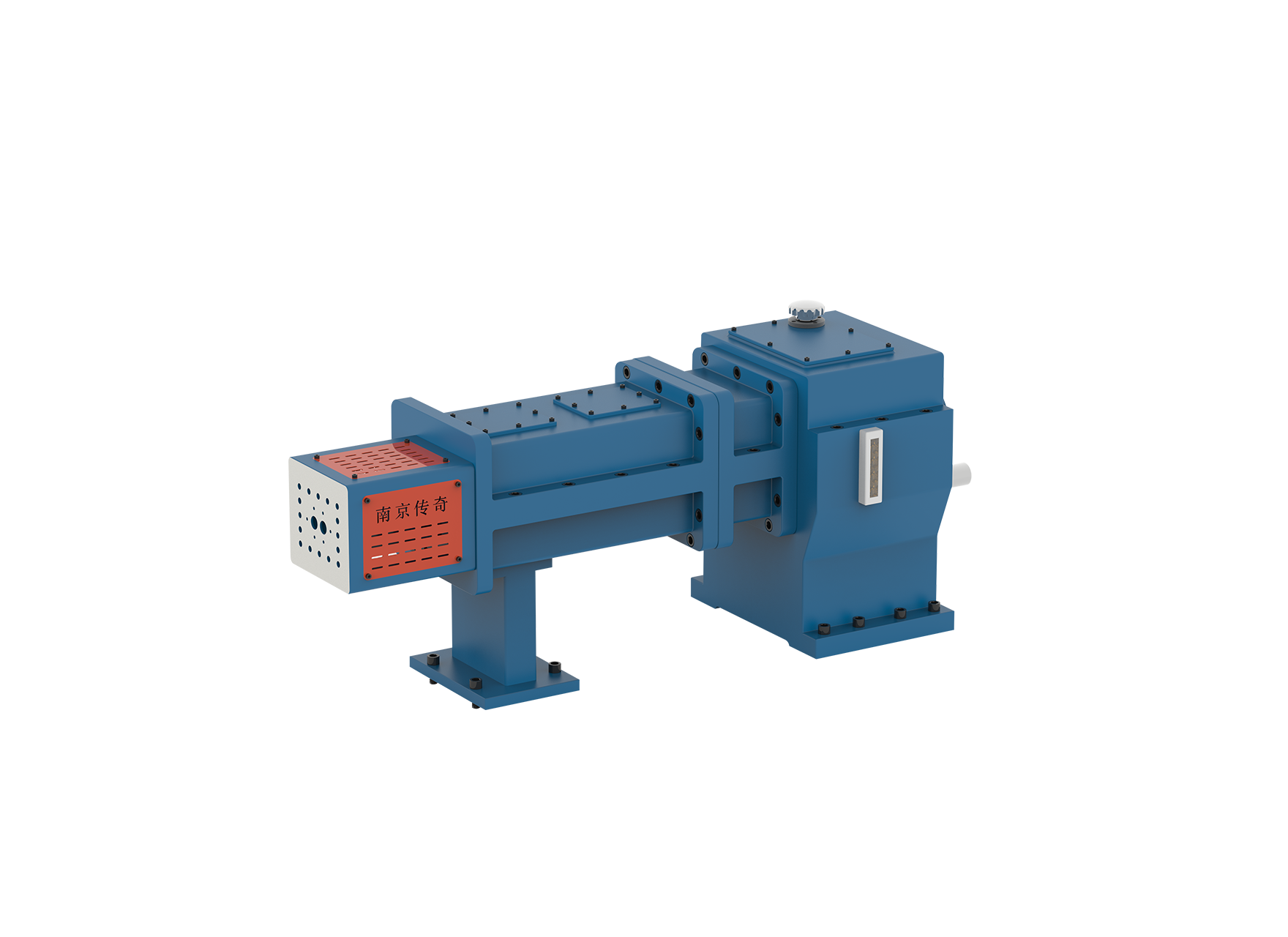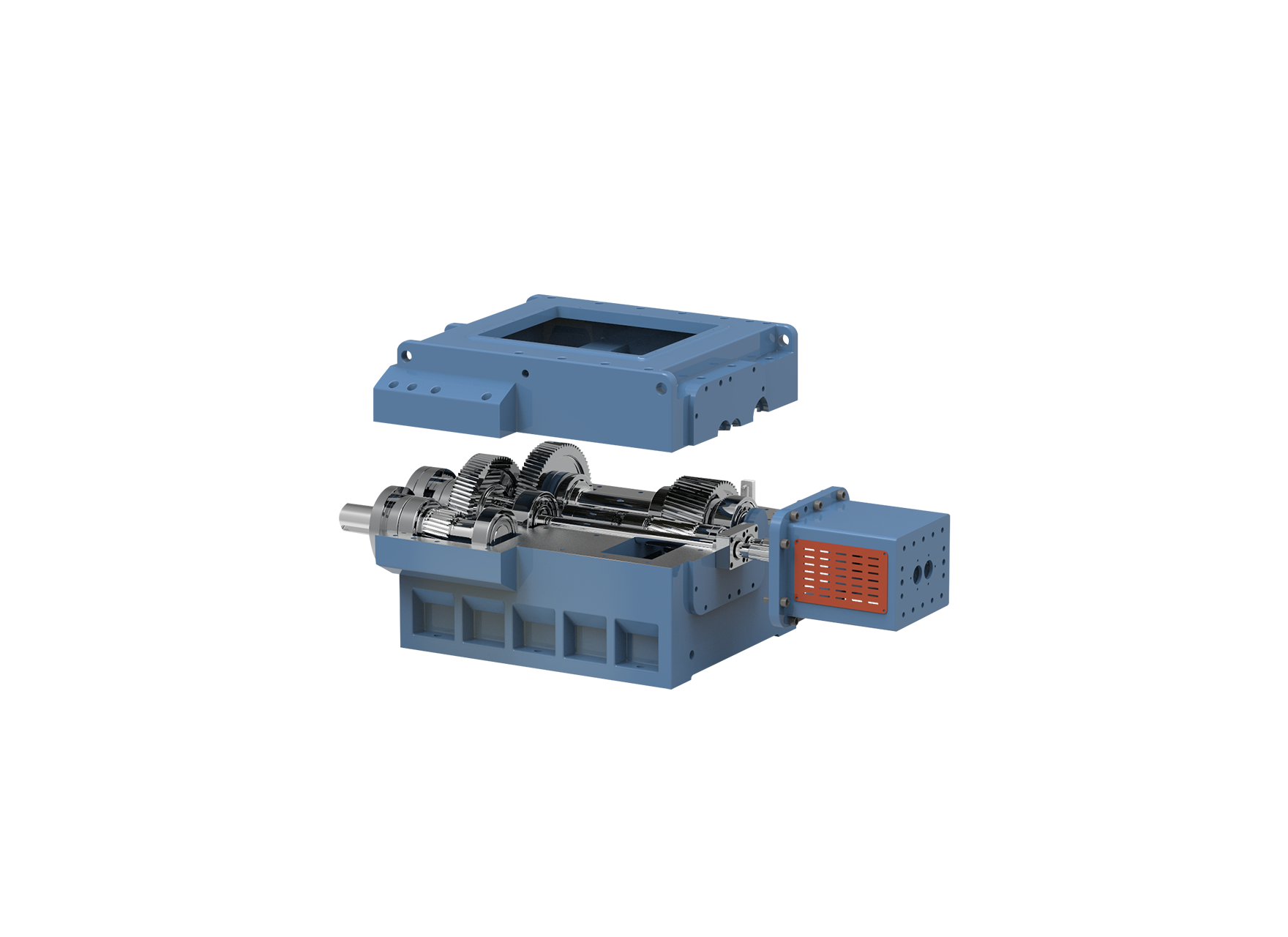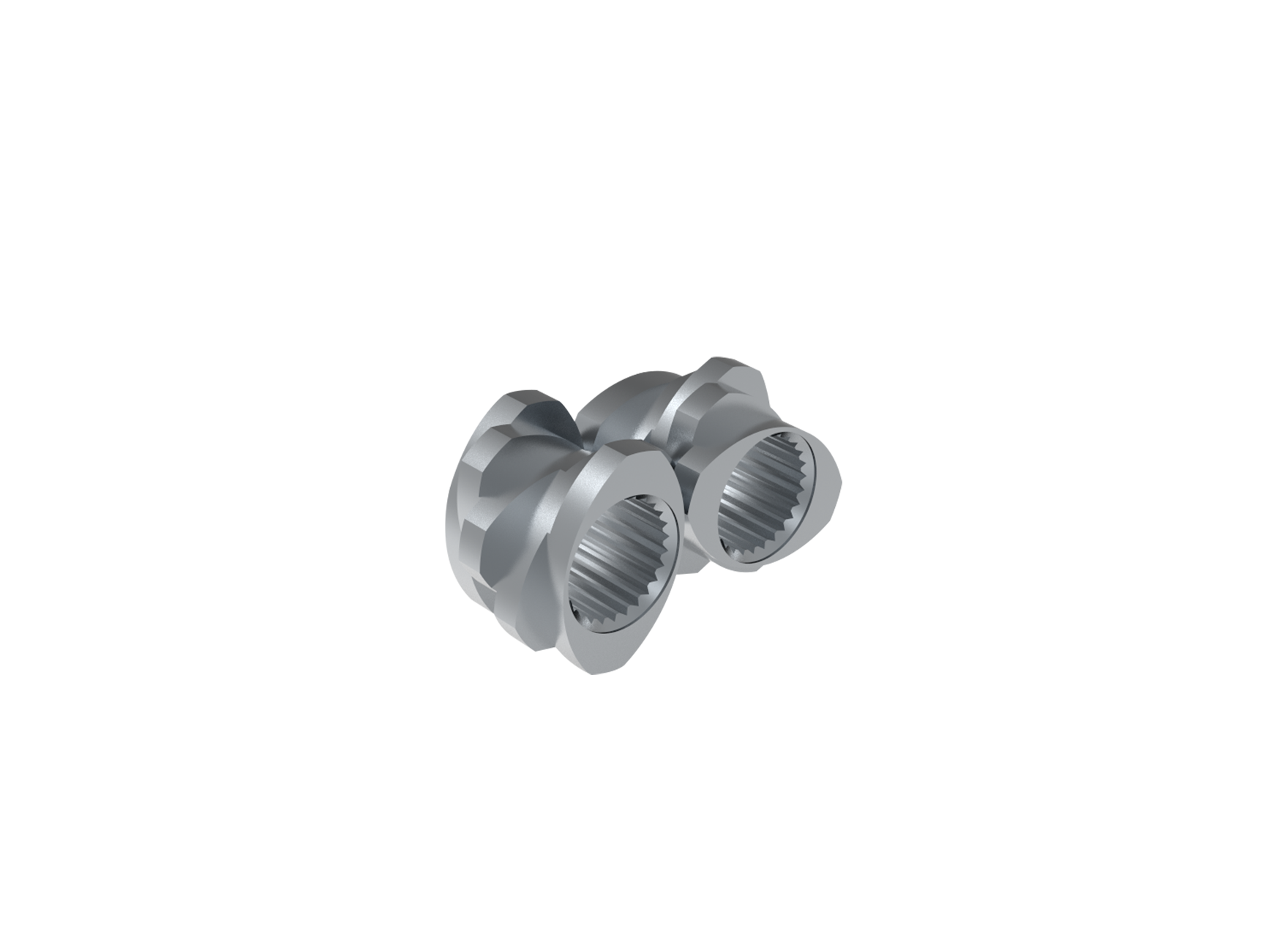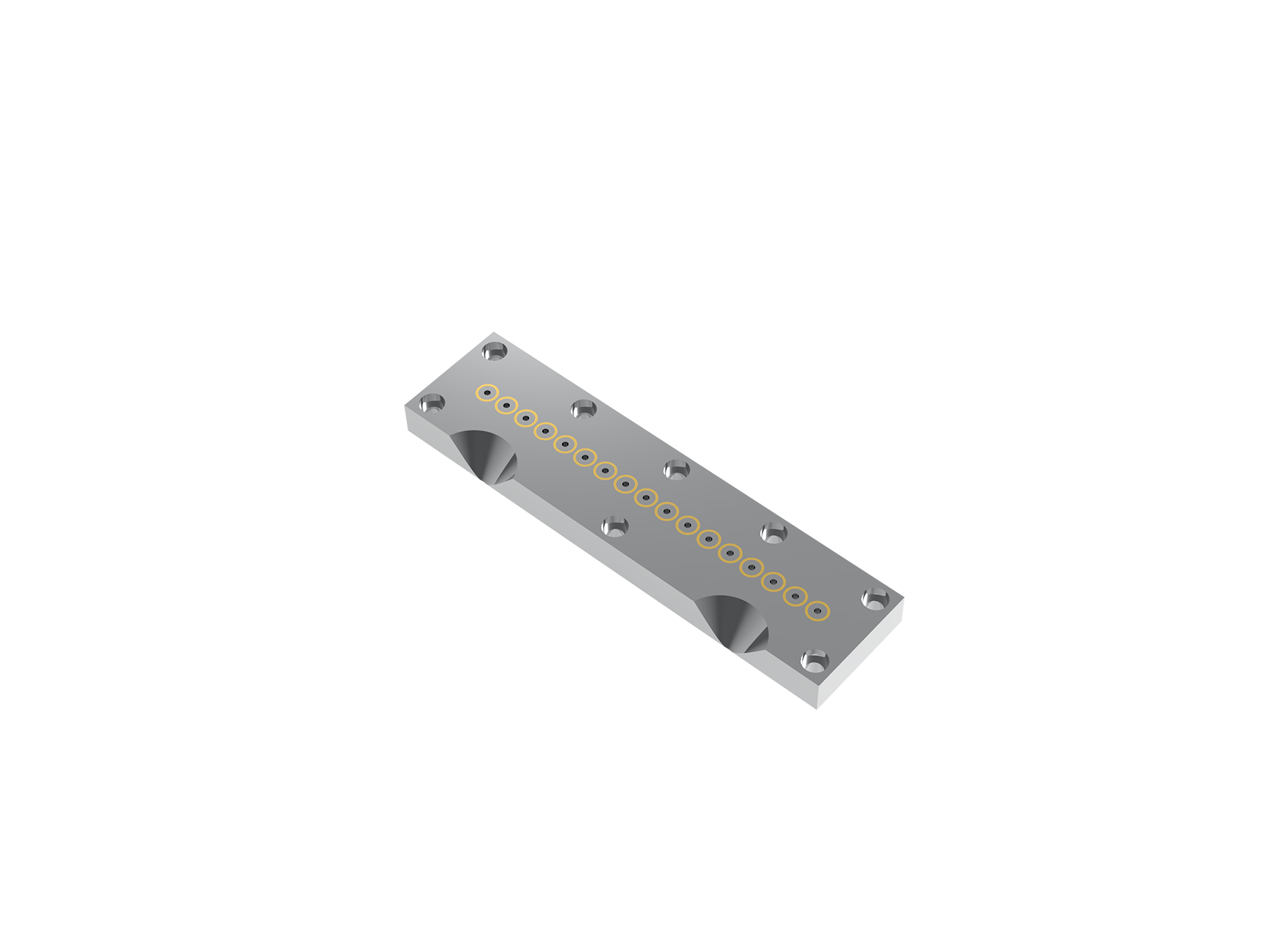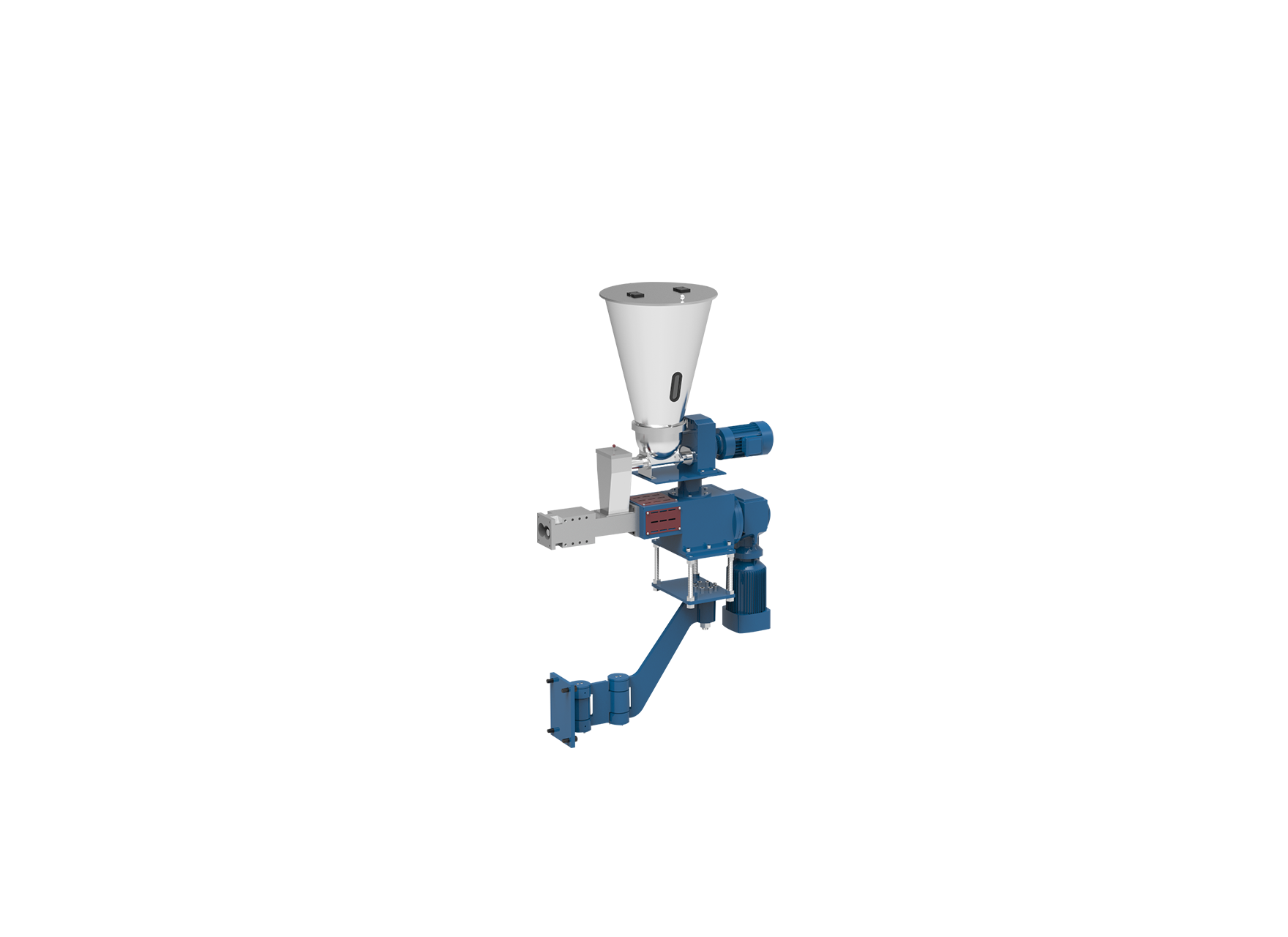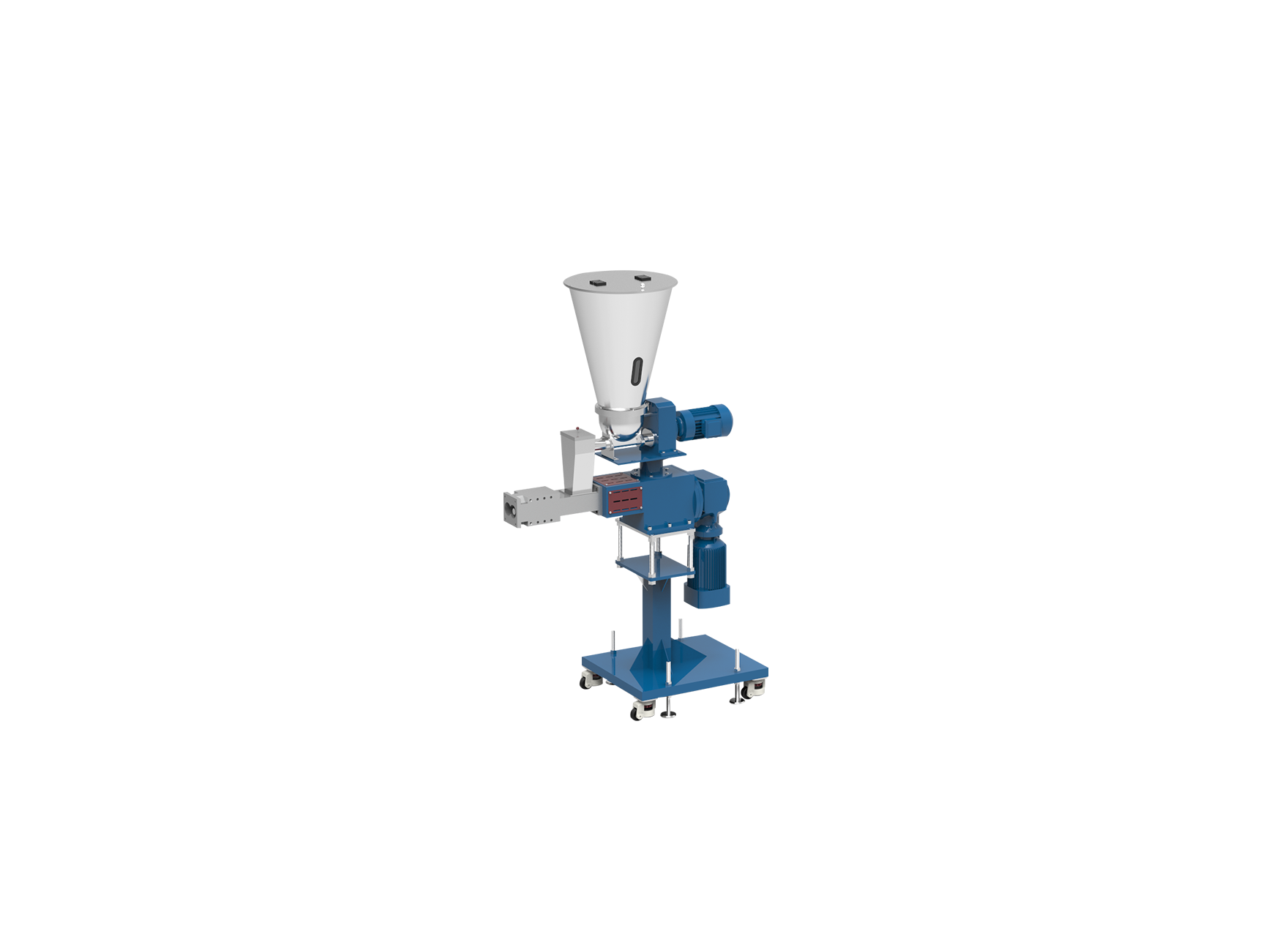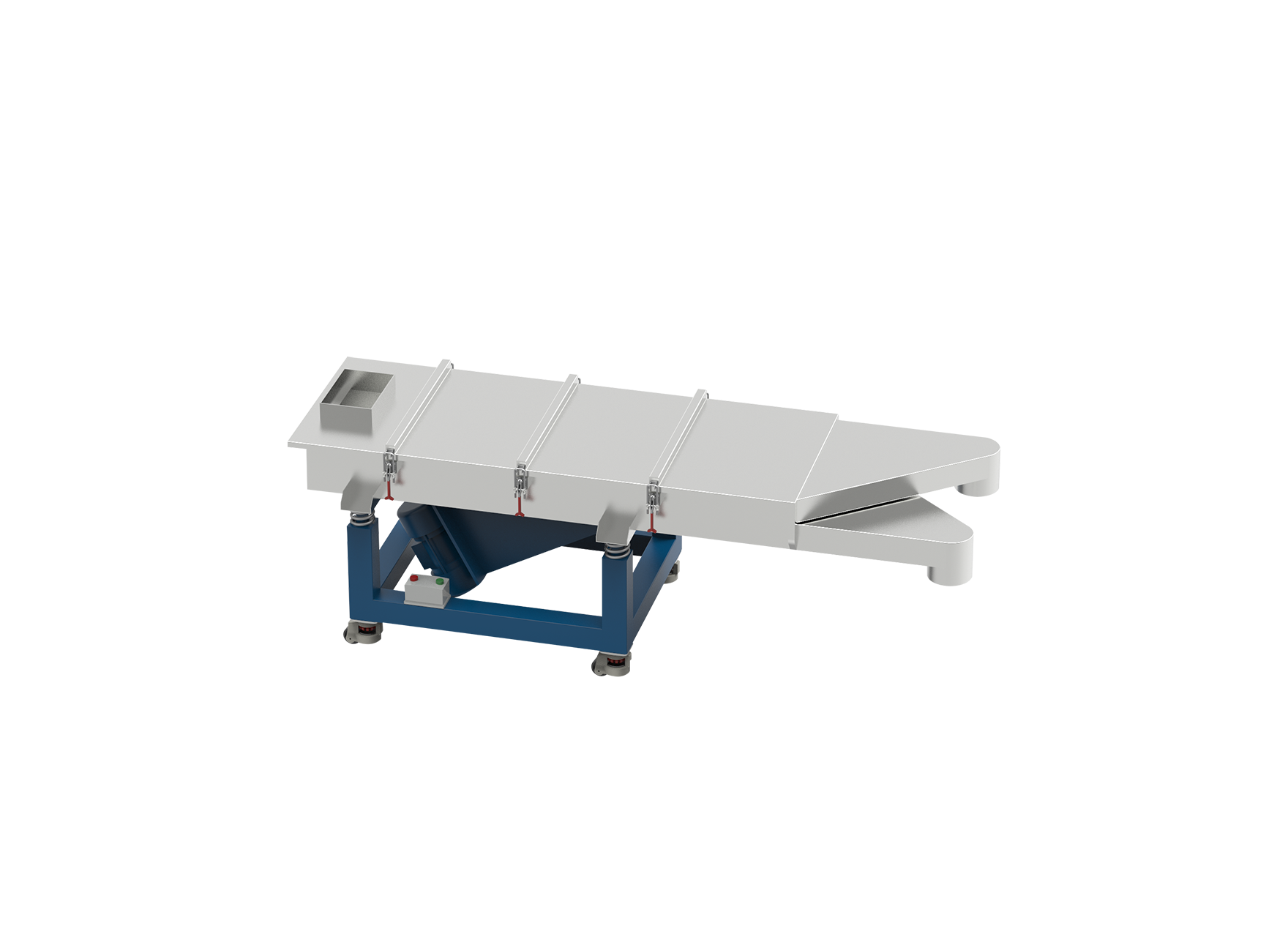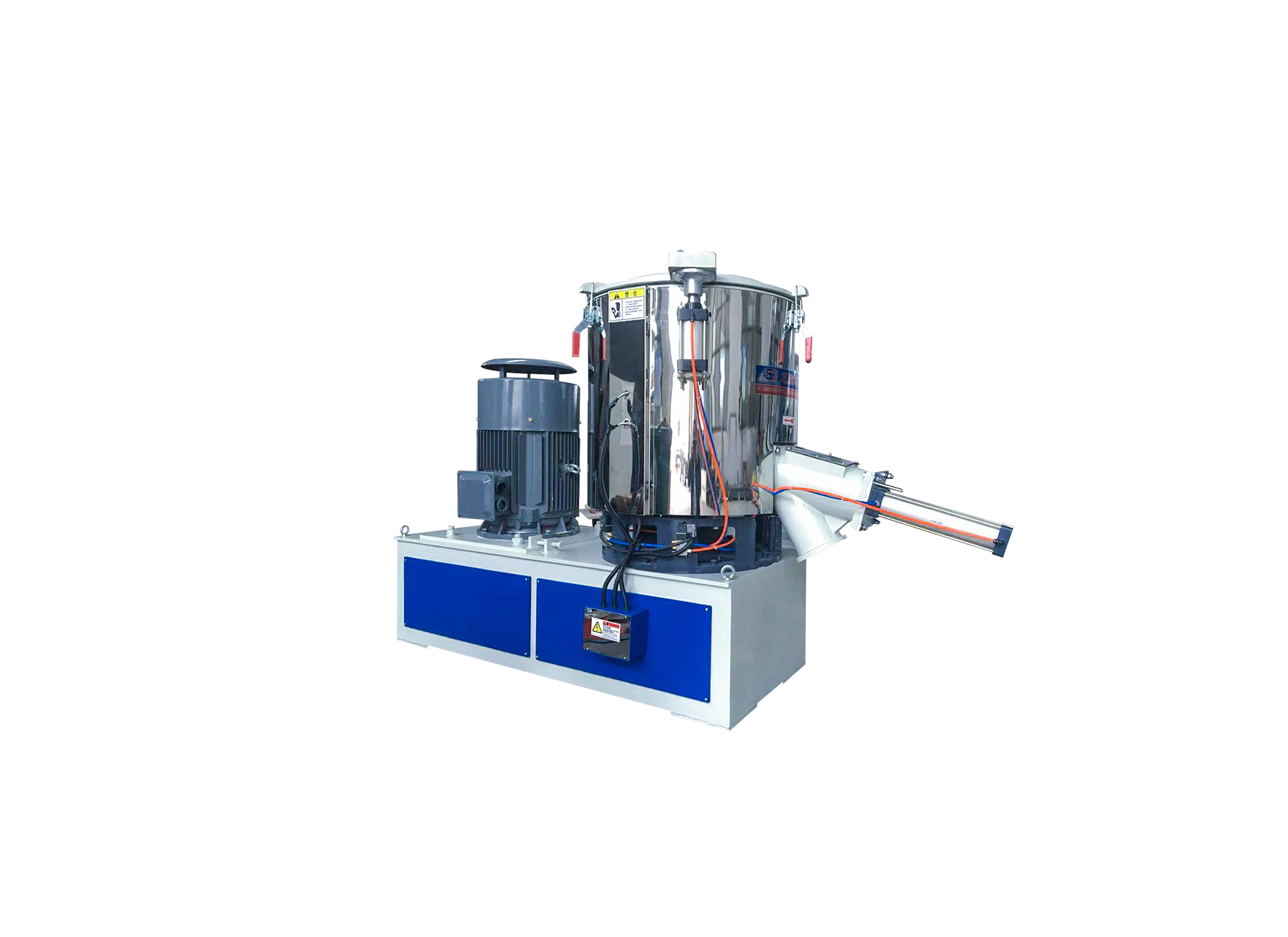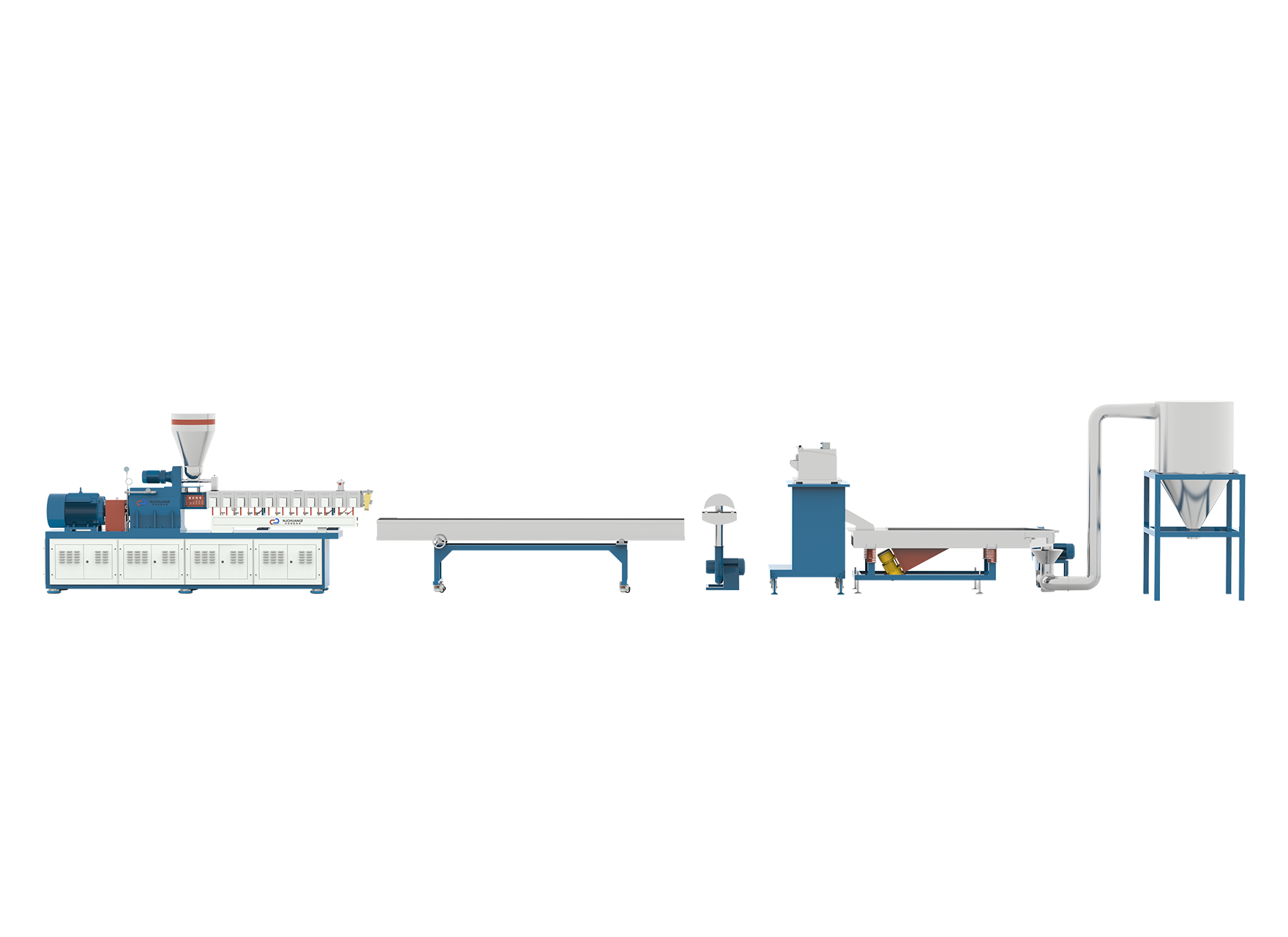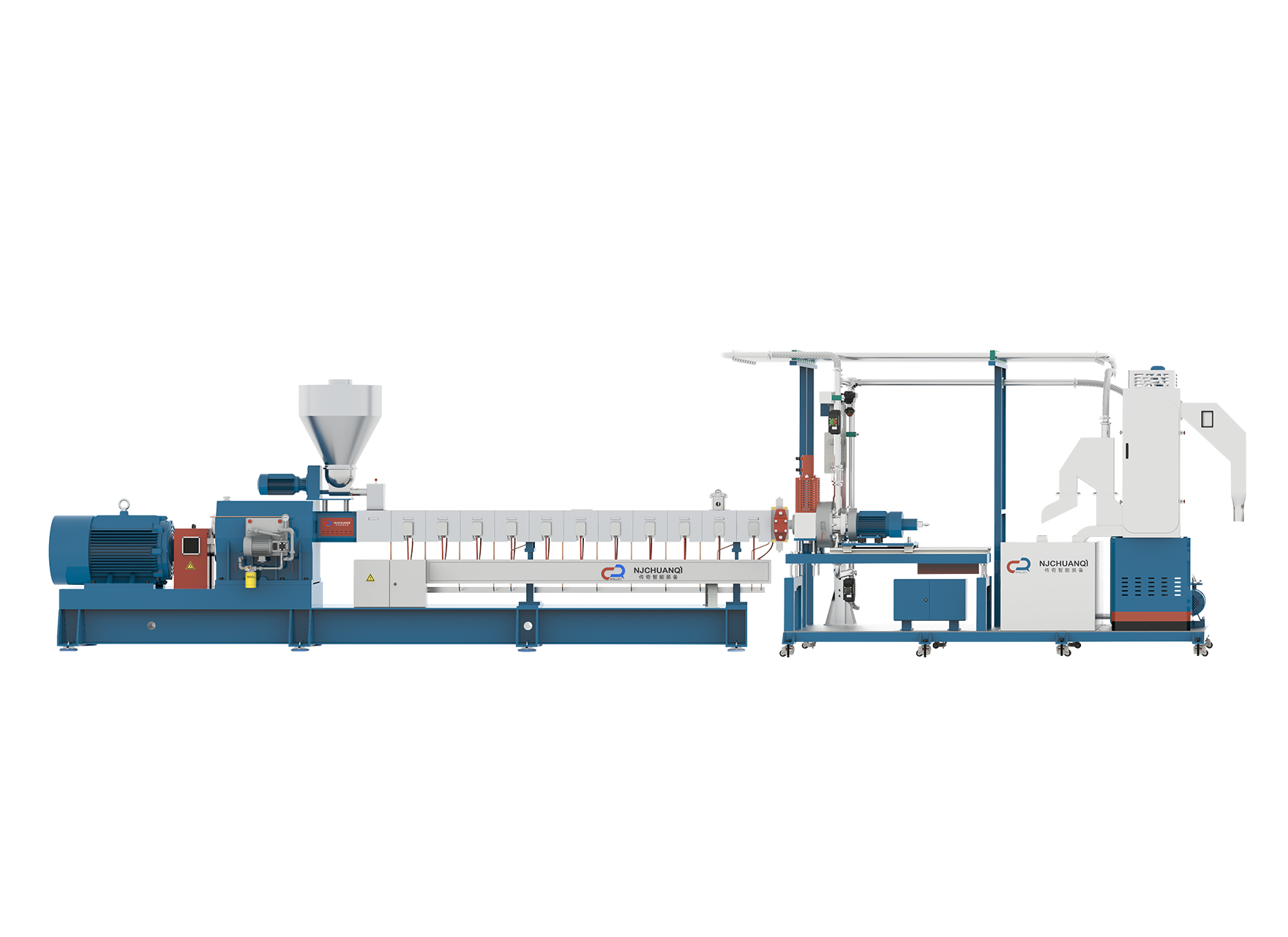A feed screw, also known as an auger or screw conveyor, is a vital component in various industrial processes, particularly in plastic processing and material handling. This helical-shaped device is designed to convey, mix, or move materials along its axis.
Their versatility extends to applications in agriculture, food processing, and bulk material handling. The design and specifications of feed screws can be tailored to specific industry requirements, ensuring efficient and reliable material transportation.
The Feed Screw, positioned at the beginning of the extrusion line, is a precision-driven component that sets the stage for the entire process. Recent developments in feed screw technology focus on optimizing material intake and conveying. Enhanced designs and advanced materials ensure a consistent and controlled flow of raw materials into the extruder, promoting efficiency and reducing waste.
One notable innovation is the incorporation of variable pitch and flight configurations in feed screws. This allows for greater adaptability to different material characteristics, enabling manufacturers to process a wider range of plastic formulations with ease. As a result, industries benefit from increased flexibility and the ability to tailor their extrusion processes to specific material requirements.
A processing screw is a fundamental component in various manufacturing systems, especially in plastic processing. Also known as an extruder screw, it operates within an extrusion machine to transform raw plastic materials into desired shapes. This helical screw design facilitates the melting, mixing, and homogenization of plastic resins as they pass through the extruder barrel. Tailored to specific materials and processing needs, these screws contribute significantly to the efficiency and precision of plastic manufacturing processes, making them indispensable in the production of a wide range of plastic products.
The Material Screw, situated within the extruder, plays a crucial role in transforming raw plastic materials into a homogeneous melt. Recent advancements in material screw design focus on improving melting efficiency and uniformity. Precision engineering, along with the use of high-performance alloys, enhances the screw's ability to generate the required shear and heat for melting without compromising on the quality of the processed material.
One noteworthy innovation is the implementation of barrier screw designs. These designs facilitate better control over the melting process by creating distinct zones for melting and conveying. The result is a more uniform melt temperature, reduced energy consumption, and improved product quality. Manufacturers across various industries are adopting these advancements to achieve higher throughput rates and predominant consistency in their extruded products.
The Processing Screw, positioned towards the end of the extrusion process, is designed to impart specific characteristics to the molten material. Recent developments in processing screw technology aim to cater to the diverse requirements of different applications. Specialized screw designs, such as those for compounding, co-extrusion, or foaming applications, are becoming increasingly prevalent.
One significant innovation is the incorporation of advanced coatings and surface treatments on processing screws. These enhancements improve wear resistance, corrosion resistance, and overall durability, extending the operational life of the screws. As a result, manufacturers experience reduced downtime, lower maintenance costs, and enhanced reliability in their extrusion processes.
The evolution of extrusion technology, driven by advancements in Feed Screw, Material Screw, and Processing Screw designs, is reshaping the landscape of plastic processing. These innovations contribute to increased efficiency, greater flexibility, and improved product quality.

 English
English 中文简体
中文简体 русский
русский عربى
عربى +86-189 1339 2785
+86-189 1339 2785
